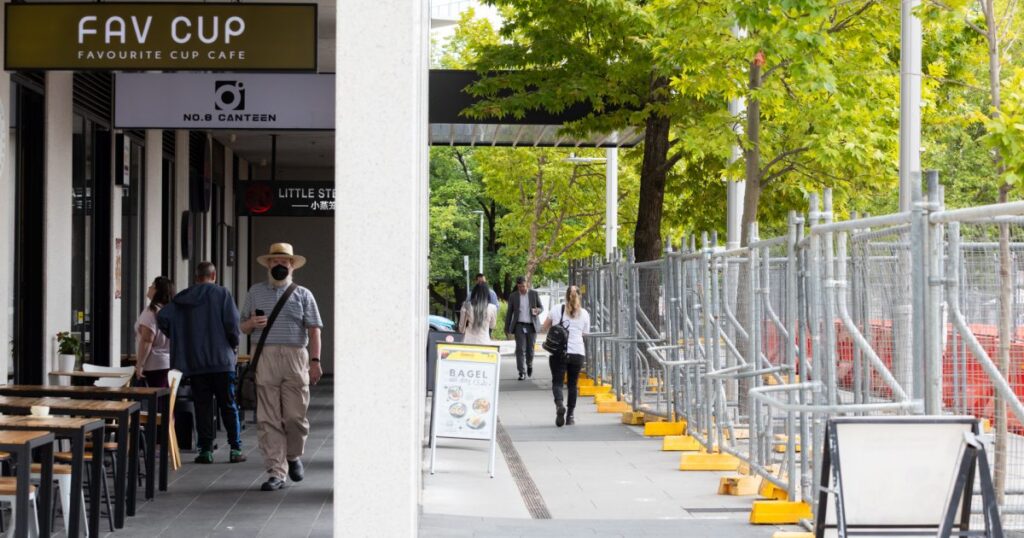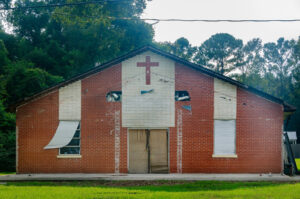
The Canberra Liberals have criticized the government, labeling the Australian Capital Territory (ACT) as “the worst mainland jurisdiction to run a business,” following the release of new data from the Australian Bureau of Statistics (ABS) on business growth rates. According to the opposition, the data highlights a troubling trend for local enterprises.
“There’s a strong growth rate of businesses across the country, which is fantastic, but the reality is more and more ACT businesses are not surviving,” stated Leanne Castley, leader of the Canberra Liberals. She emphasized the burden of rising insurance and energy costs, which are making it increasingly difficult for businesses to stay afloat.
In contrast, the ACT Government has praised the territory’s economic performance, citing a robust GDP, a strong labor market with record employment levels, solid wage growth, and the fastest business growth in Australia. “Private enterprises represent a critical part of the ACT’s diverse economy and are a driver of our economic performance, our community’s wellbeing, and a significant employer,” an ACT Government spokesperson noted.
Dissecting the Data: A Tale of Two Perspectives
The debate centers around interpretations of the same ABS report, ‘Counts of Australian Businesses, including Entries and Exits’, published on August 26. Over the 2024-25 financial year, the number of registered businesses in Australia increased by 2.5 percent to 2,729,648. While 437,150 new businesses entered the market (16.4 percent), 307,500 (13.9 percent) exited.
In the ACT, the figures show a 1.9 percent growth in the number of businesses, totaling 36,996, with an entry rate of 17.4 percent and an exit rate of 15.1 percent. The Canberra Liberals argue this growth rate is the lowest among Australian jurisdictions, excluding Tasmania’s 0.5 percent. Western Australia led with a 4.3 percent growth rate.
However, historical data paints a different picture. The ACT Government points out that the territory had growth rates of 7.3 percent in 2021-22, 3.8 percent in 2022-23, and 3.5 percent in 2023-24, making it one of the top performers in previous years. The annual compound growth rate of 4.1 percent surpasses the national average of 3.2 percent.
On-the-Ground Realities for Canberra Businesses
Despite the government’s optimistic outlook, local business leaders paint a more challenging picture. Greg Harford, CEO of the Canberra Business Chamber (CBC), acknowledges innovation and new startups in the ACT but highlights significant barriers to success. “We’ve got businesses that start, but they don’t last,” Harford explains.
Mark Nicholls, Managing Director of Raine & Horne Commercial Canberra, reports a troubling trend of businesses breaking leases due to financial strain. “I’ve worked in the commercial property industry in the ACT for nearly 20 years, and it’s becoming increasingly common to see local businesses under financial pressure,” Nicholls observes.
Moreover, a significant portion of new jobs in the ACT are public sector-related, not private. Jobs increased by approximately 8,000 over 2024-25, but if the private sector share aligns with the national trend of 20 percent, only about 1,600 of those jobs are in private businesses.
Economic Pressures and Government Policies
The economic landscape is fraught with challenges, including a cost-of-living squeeze driven by volatile inflation, housing pressures, and lackluster productivity. Harford notes, “The economy is still very difficult overall. The businesses I’m talking to are saying it’s the toughest economic time since COVID.”
High costs imposed by the ACT Government, such as payroll tax, commercial lease duty, and various levies, exacerbate the situation. Nicholls highlights the impact of increased commercial property rates, which he sees as a major contributor to business struggles.
Furthermore, the shift towards remote work has affected businesses reliant on foot traffic from public sector employees. “With fewer people in these areas, many businesses are struggling to trade as they once did,” Nicholls adds.
Looking Ahead: Potential Solutions and Challenges
The latest ACT Budget offers limited relief for businesses. While there are business assistance programs, upcoming changes like the lowering of the payroll tax threshold and increased property rates pose additional challenges. The 2025-26 Budget also expands the portable long-service leave scheme, adding more obligations for businesses.
Harford concludes, “From the CBC’s point of view, we want Canberra to be the greatest place in Australia for business. But to do that, we need to talk about how we can grow the economy, and a high-tax, high-cost environment is not one that’s conducive to economic growth.”
Nicholls suggests a reduction in commercial property rates as a quick fix and calls for strategies to increase foot traffic in struggling areas. “Past that, we need to focus on increasing foot traffic to these struggling town center areas – namely, by getting more public servants back in the office,” he says.







